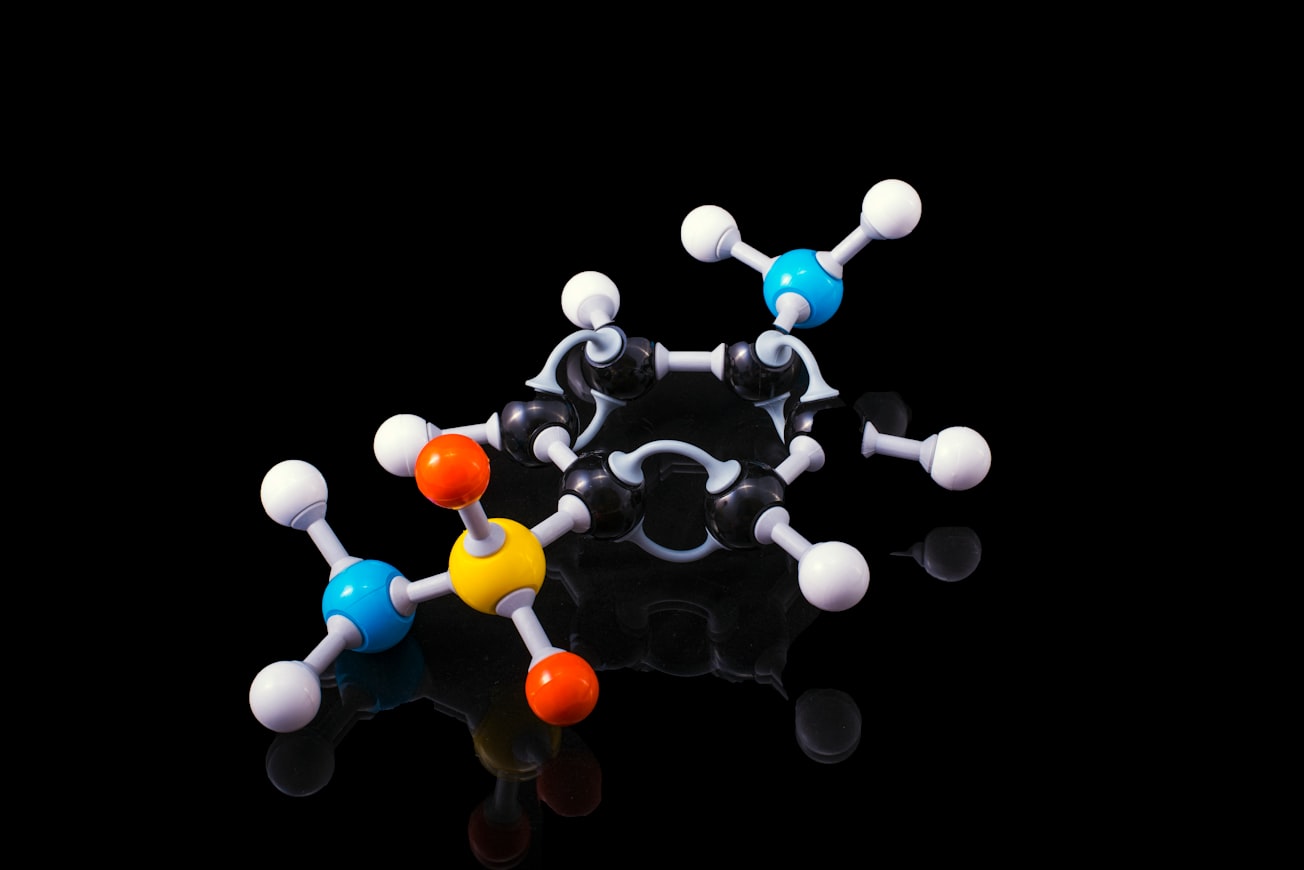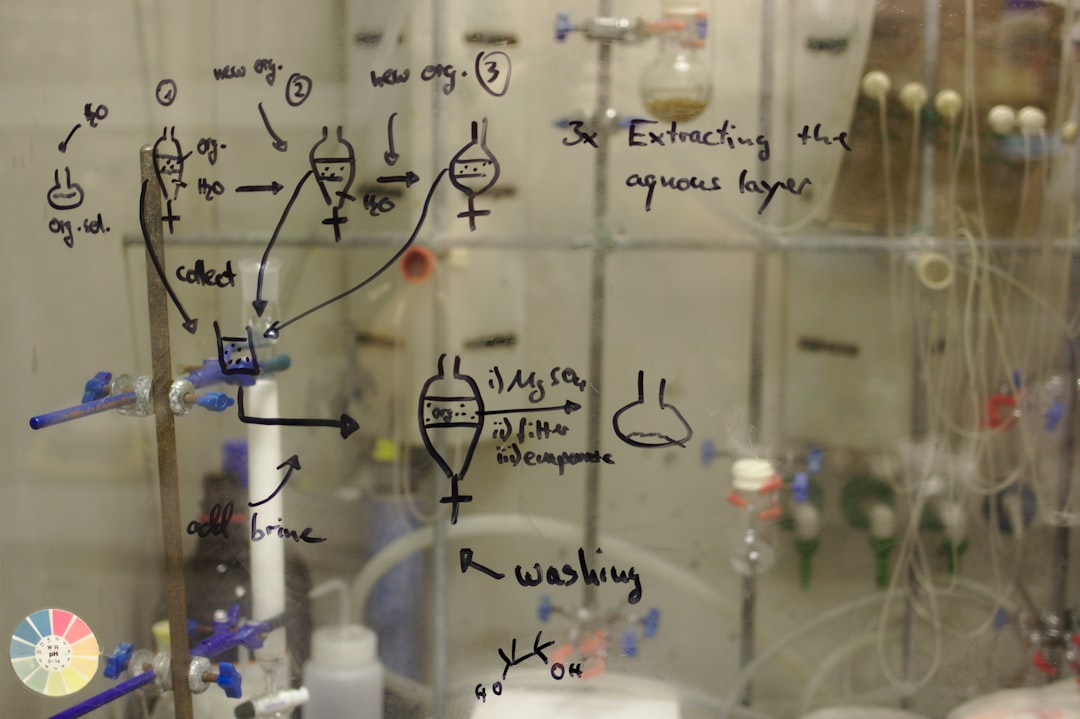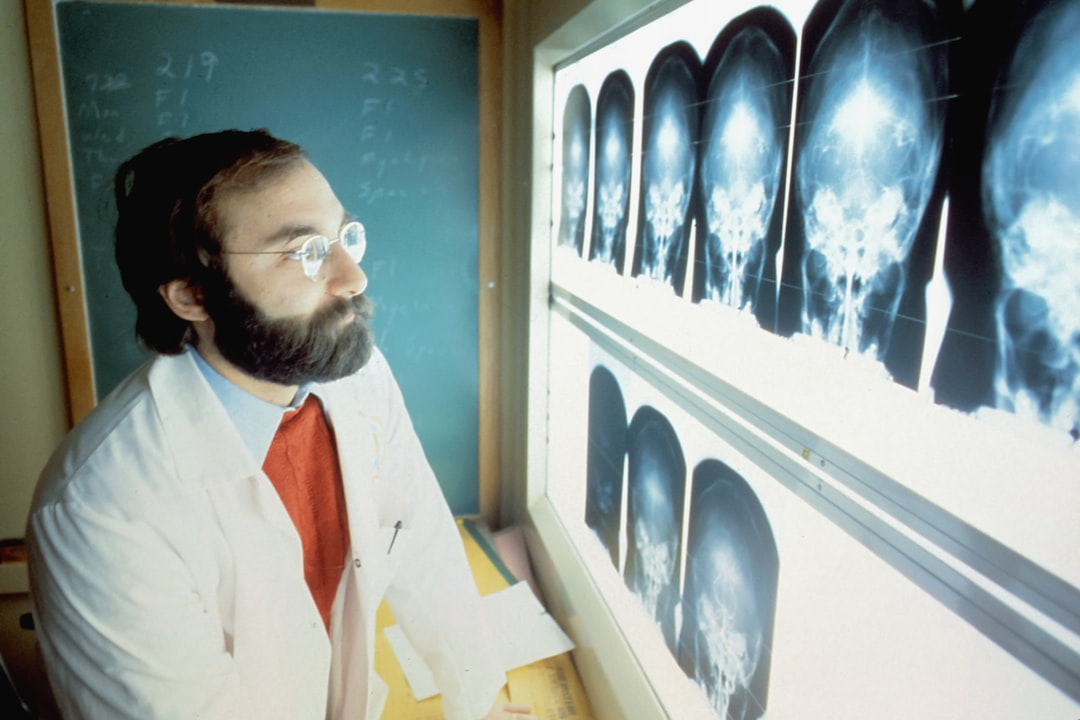What is it about?
We have investigasted by a peculiar Nuclear Magnetic Resonance (NMR) technique how easy is to excite the magnetic moments of 7-nm-thick polycrystalline Cobalt films when they are interfaced with organic molecules. We have used Cobalt covered with Fullerene (C60) and Gallium-Quinoline (Gaq3), two molecules well known in the field of organic spintronics, and we have confronted the results with a reference Co film capped with Aluminum. When these molecules are chemically bonded with the surface Co atoms the magnetic moments of the whole Co layer are harder to be put into rotation by an external applied AC magnetic field operating at frequencies of hundreds of MHz. Moreover, the degree of this hardening is also molecule-dependent, with Gaq3 being the most effective one. The article shows that the interfacial effects are able to affect the behavior of the magnetic moments that are far from the interface. We have finally compared the intensity of the NMR signal coming from the Co nuclei as a function of the excitation frequency of the AC field (i.e. the 59Co NMR spectra). This is surprisingly dependent from the type of molecule that is bonded with the uppermost cobalt atoms, suggesting that the magnetic environment of these latter is rather modified by such chemical bonds.
Featured Image

Photo by Terry Vlisidis on Unsplash
Why is it important?
The importance of this article relies on two different aspects. The first one is that it shows that the Zero-Field NMR spectroscopy (the main technique involved in this work) is a valuable tool for understanding the effects of interfaces on the overall magnetic behavior of thin ferromagnetic systems, that may not be accessible from other, more common magnetic characterization techniques. The second one is the important observation that the interface (called spinterface in literature) formed between the molecular and the ferromagnetic layer can extend its influence over lengths of several nm into the bulk of the ferromagnet.
Perspectives
It is of interest to explore wheter the spatial extent of this interface can be increased (or decreased!) by using different molecules, both in their structure, geometry and bonding on the surface atoms. Secondly, it is tantalizing to try to tune such observed effect by using suitable additional external stimuli, such as light inputs.
Mattia Benini
ISMN-CNR
Read the Original
This page is a summary of: In‐Depth NMR Investigation of the Magnetic Hardening in Co Thin Films Induced by the Interface with Molecular Layers, Advanced Materials Interfaces, October 2022, Wiley,
DOI: 10.1002/admi.202201394.
You can read the full text:
Contributors
The following have contributed to this page










